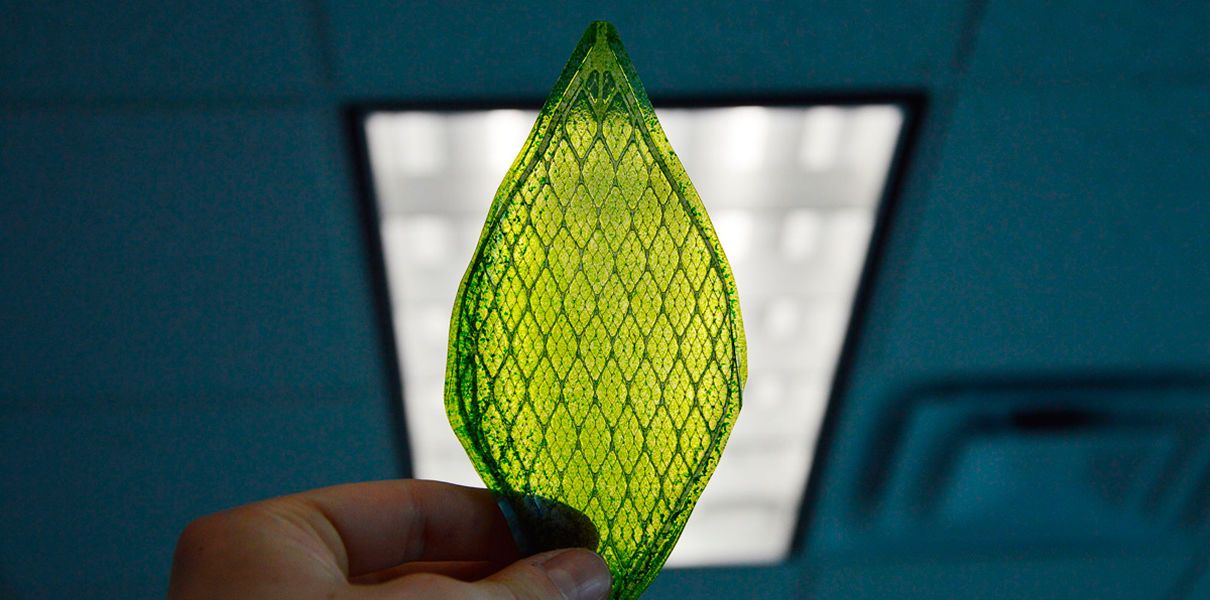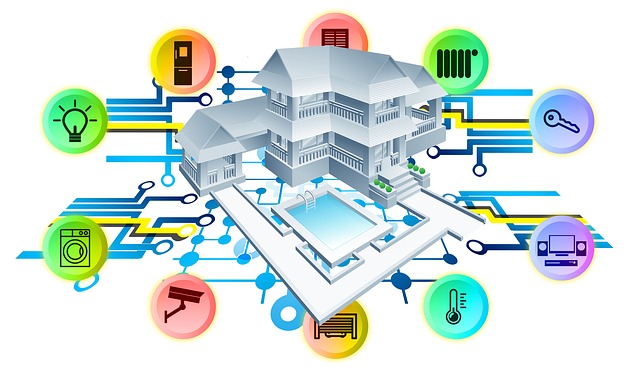The Japanese company Iida Group Holdings Co Ltd (Iida GHD) plans to test the possibility of “smart” apartment building, which is programmed to absorb carbon dioxide (CO2), using artificial photosynthesis technology. Testing will be conducted in collaboration with Osaka University. The company aims to create a house that would not only minimize CO2 emissions, but carbon dioxide is used for the benefit of using a special technology that uses solar energy to CO2 conversion into hydrogen.
At this time, the company and the university have developed just two technological innovations. First – artificial photosynthesis technology that uses solar energy for highly efficient production of formic acid, its storage and use to produce hydrogen. The second – the technology of using the generated hydrogen to produce electricity.
Technology developers artificial photosynthesis could form a “conversion device CO2-formic acid”, which is powered by solar energy on a metal oxide substrate using pigments, viologen and dehydratase formic acid. They found that when using the titanium oxide as the metal oxide production efficiency of formic acid is improved approximately six times, eliminating the need for dehydratase formic acid. Then, by using an appropriate viologen, effectiveness ivnost was increased about two times.
As a result, the company argues that there is a high probability that all the electricity consumed by the house, it is possible to ensure I’m using the installation on the roof of formic acid generator based on artificial photosynthesis, storing the resulting formic acid and its timely conversion to hydrogen to generate electricity. Unlike solar energy, which causes a loss during charging / discharging electricity, a method of artificial photosynthesis generates hydrogen from formic acid for energy when necessary, eliminating the interruption of power supply.
Source: BuildingTECH


